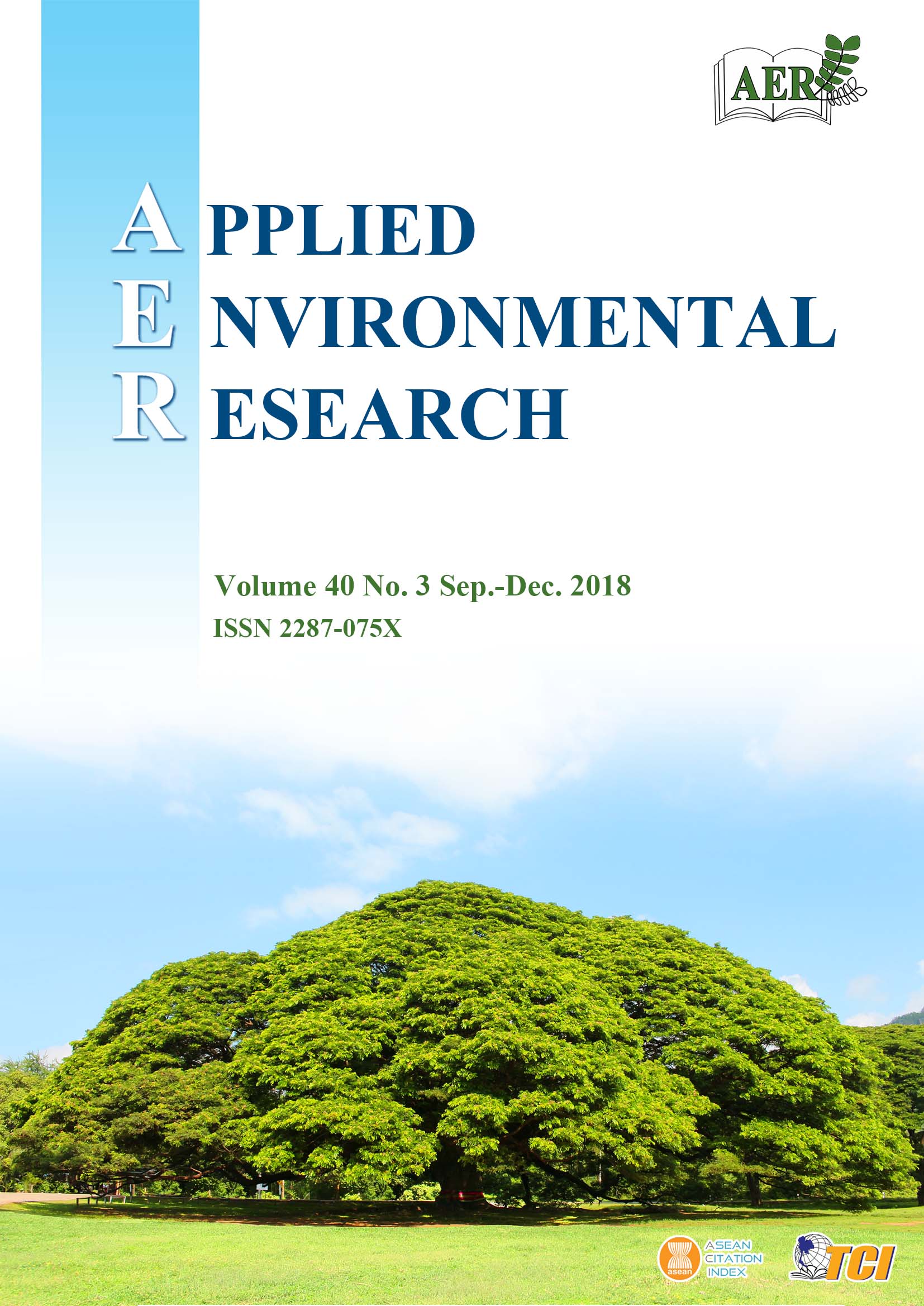Development of Work-Rest Model for Reducing Fatigue in a Long Distance among Chemical Truck Drivers: Case Study in an Industrial Gas
Main Article Content
Abstract
This study examined the impact of rest breaks on driver fatigue. The study developed and tested a work-rest model to reduce fatigue for chemical truck drivers, following International Labor Organization (ILO) guidelines. The model was tested on a small sample of workers driving from a gas filling plant in Sattahip District, Chonburi Province to Muang District, Samut Sakorn Province. To test the model, data on driver fatigue was assessed using an interview questionnaire and a flicker fusion instrument, and the Z-test was used to compare fatigue among three work-rest patterns. The results showed 24 % of working time (173 min) for the drivers sampled was allocated for relaxation, based on a mean driving time of 12 h. Two work-rest models were developed, considering driving distance, time and levels of fatigue. The findings indicated that the regular schedule pattern resulted in the highest levels of fatigue, both as measured by subjective questionnaire and objectively by the critical flicker frequency value (CFF). Model II, with two 26-min rest breaks, offers a more effective model to reduce fatigue, using less driving time than model I, with four 13-min rest breaks. However, this resulted in other new challenges, for example, the need for extended shifts, an increase in production costs and personal costs. Transportation business owners should prepare meals and drinks for chemical transport drivers on the Sattahip to Samut Sakorn route (and other cross-province routes) in order to make it more convenient for them to follow safety practices.
Article Details

This work is licensed under a Creative Commons Attribution-NonCommercial 4.0 International License.
Published articles are under the copyright of the Applied Environmental Research effective when the article is accepted for publication thus granting Applied Environmental Research all rights for the work so that both parties may be protected from the consequences of unauthorized use. Partially or totally publication of an article elsewhere is possible only after the consent from the editors.

